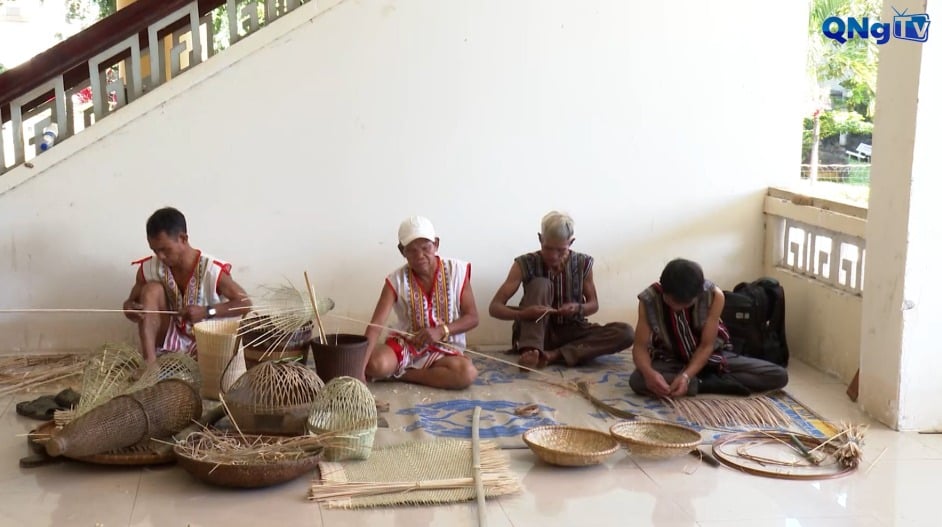
With skillful hands and perseverance, the Ro Mam artisans have transformed simple bamboo trees into familiar items in life such as baskets, trays, winnowing trays, winnowing trays, winnowing trays, etc. To create a durable and beautiful product, they must go through a meticulous preparation process. They choose straight bamboo trees with long internodes, about two years old to ensure flexibility, then split, trim them into strips and weave them into the characteristic shapes of each item. Nowadays, people have also improved many designs to better suit market needs.
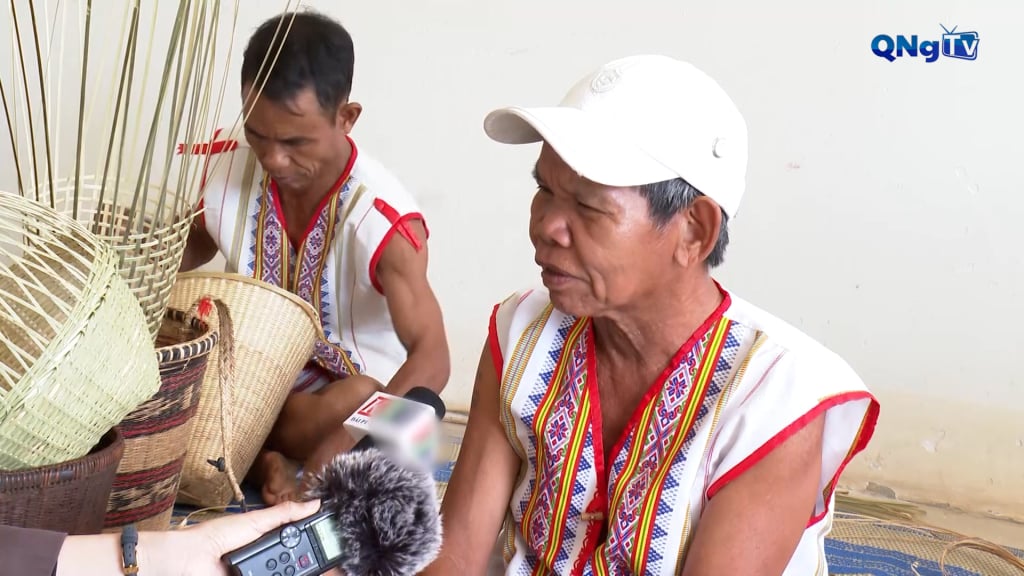
Artisan A Nai, in Mo Rai commune, Quang Ngai province, shared: “ To weave, one must split. To split, one must do it quickly and skillfully. To weave properly and gently, do not do it in a hurry or it will not turn into a product for you to make. For example, if you make a lot, you can sell it to people. Only when it is beautiful will people buy it. If bamboo cannot be woven because it breaks easily, then one must use the bamboo stick or the bamboo stick.”
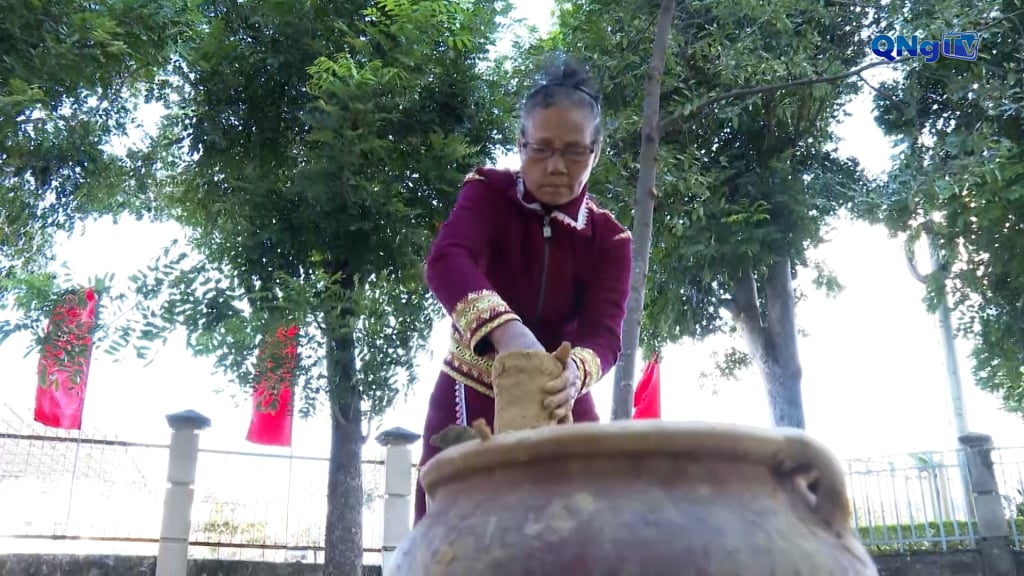
Pottery making is one of the long-standing crafts of the Ba Na people. Ba Na pottery has a rustic beauty, easily recognizable with simple shapes, few patterns and a characteristic glossy black color. The main material is clay. The soil must be sifted to get fine powder, then kneaded and pounded until it is very soft in a wooden trough. What is special is that Ba Na artisans do not use a turntable but use a piece of wood or a rice mortar to cover it. When the clay is placed firmly on the bamboo mat, the craftsman uses his hands to knead and move around, and when the shape is finished, it is heated and fired in an outdoor fire. A beautiful, quality batch of pottery requires the artisan's skill along with suitable weather conditions and temperature.
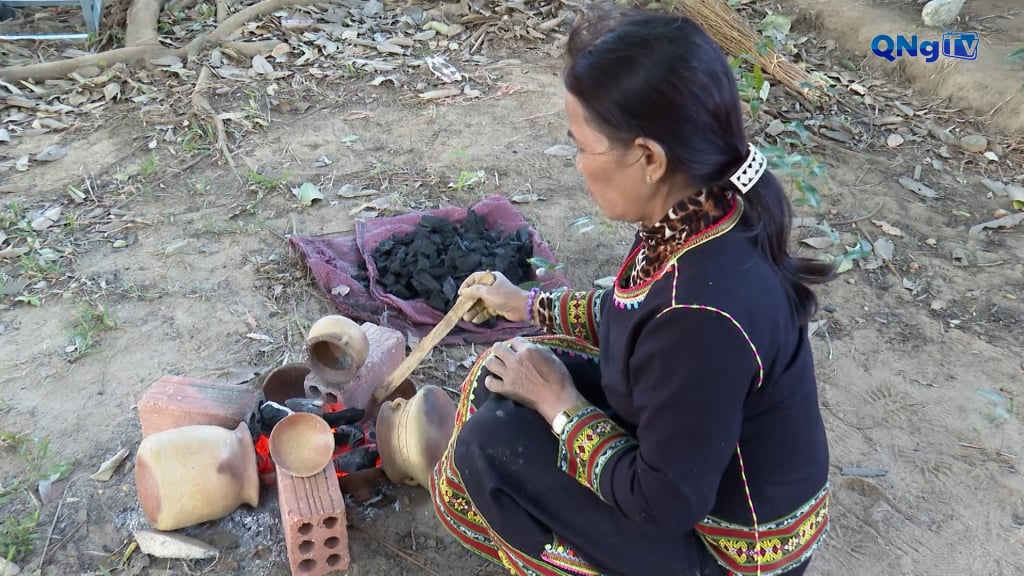
Ms. Y Khen, in Kon Braih commune, Quang Ngai province, said: “ The heating part must be done carefully, the charcoal like this, the charcoal must be a lot, if the fire is too rough it will not be cooked, only when it is heated until it is black can it be fired, the most difficult part is heating like this is the most difficult. If it is not done carefully it will break, when the fire starts it will explode, it must be heated like this to be safe to fire”.
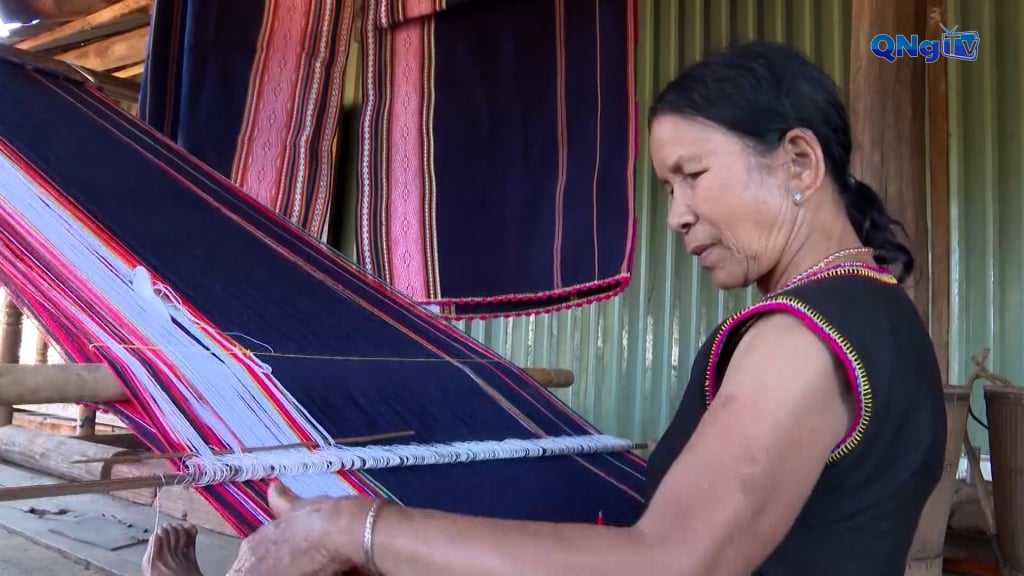
The traditional weaving craft of the A Rap group of the Gia Rai ethnic group has just been recognized as a National Intangible Cultural Heritage. Although people now use industrial threads, they still meticulously preserve the ancient colors and patterns. The layout is often basic, familiar graphic lines such as straight lines, curves, zigzags, polygons, harmoniously combined with familiar colors such as orange, black, red, green... " I learned from my mother in the past, my mother taught me, after a while I knew until now, when I'm old I know, I'm good like this. In the past, women had to know how to weave like that, brocade to make clothes, women as well as men", said Ms. Y Deo, in Ia Chim commune, Quang Ngai province.
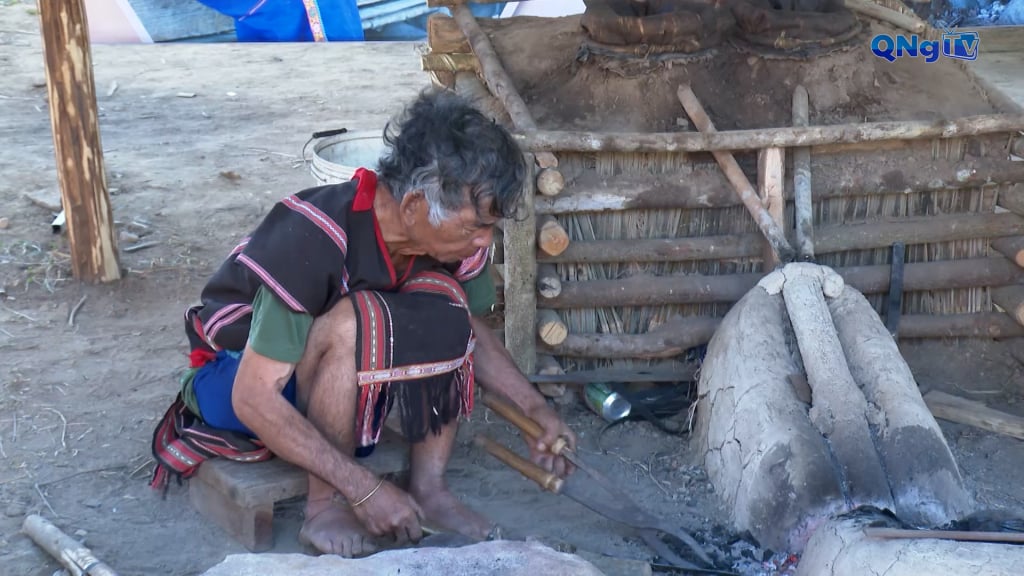
The Ba Na, Gia Rai, Xo Dang, Gie Trieng... in the West of Quang Ngai have formed many unique traditional crafts to serve the needs of life, such as brocade weaving, basketry, wine making, musical instrument making, forging, pottery, statue carving, carving dugout canoes, and crossbow making. In the plains of Quang Ngai province, ethnic communities also have a number of traditional crafts such as pottery, salt making, brocade weaving... Besides similarities, traditional occupations of each ethnic group have their own unique features. Accordingly, the merger of Kon Tum and Quang Ngai provinces will open up great opportunities for cultural exchange and development.
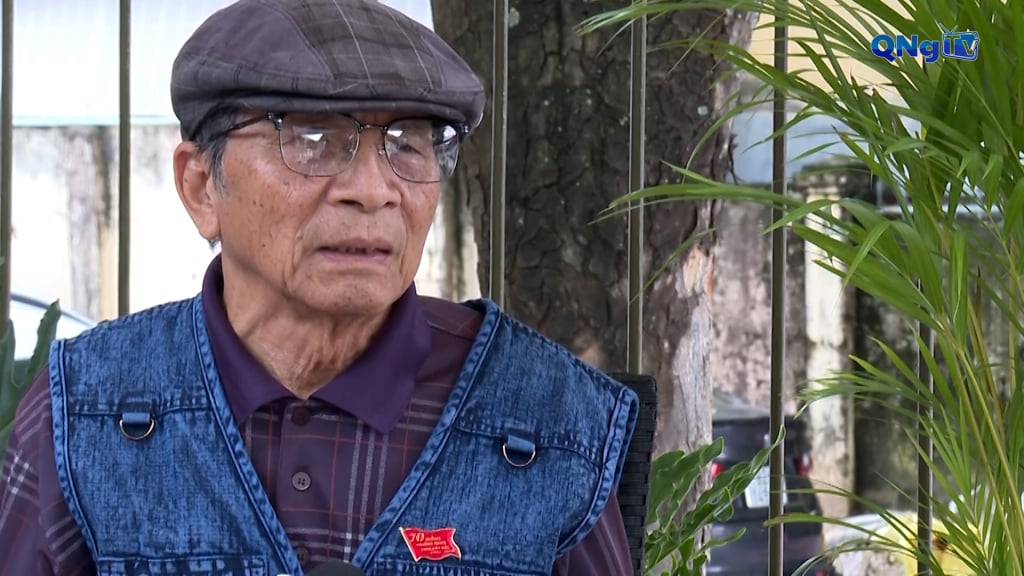
Mr. Phan Duc Luan, former Director of the Department of Culture and Information of Kon Tum province, said: “ Our 6-7 ethnic groups, Ba Na, Gia Rai, Xo Dang, Gie Trieng, BRau, Ro Mam, are together with Quang Ngai. Quang Ngai has fewer people but also has many characteristics. Each ethnic group contains its own folk culture. That is a lucky opportunity for us to be together, to exist together, to support each other, to learn together, to come together to develop together”.
Traditional handicrafts not only reflect the rich spiritual life of ethnic minorities, but also generate additional income and are unique tourism products that attract visitors. With the love of the profession of ethnic minorities and the attention of Quang Ngai province, a large space will be opened for traditional crafts to be preserved and increasingly developed.
Source: https://quangngaitv.vn/sac-mau-nghe-truyen-thong-cac-dan-toc-quang-ngai-6504511.html



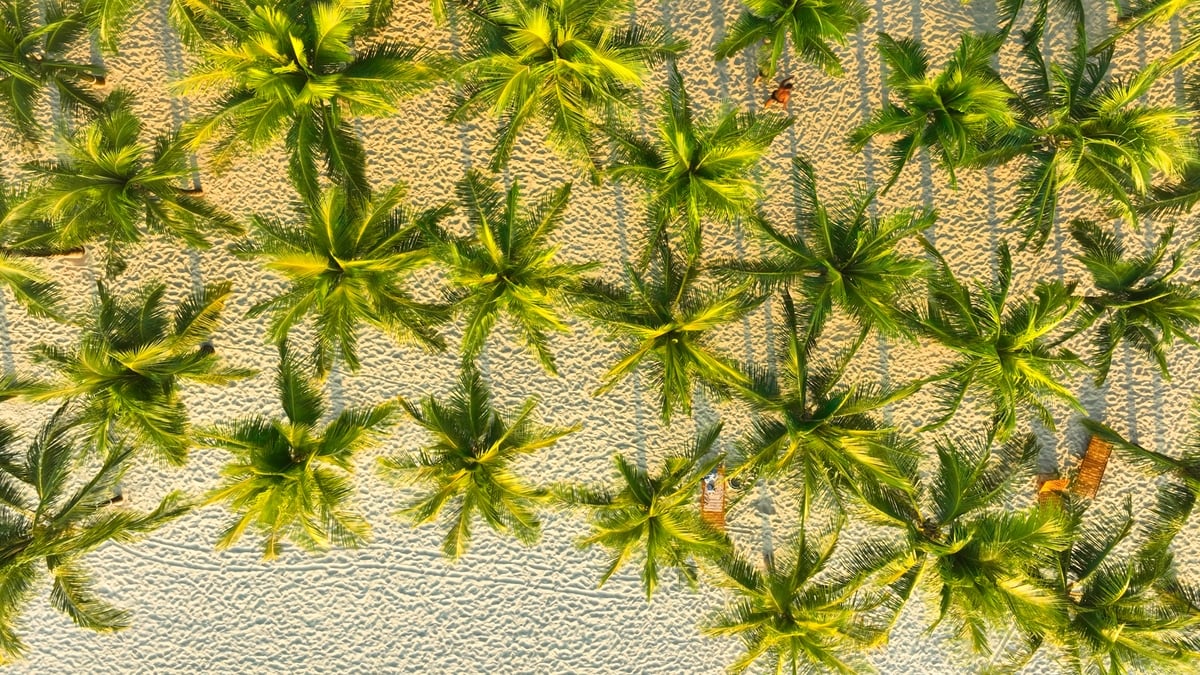




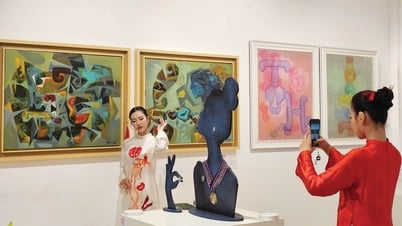

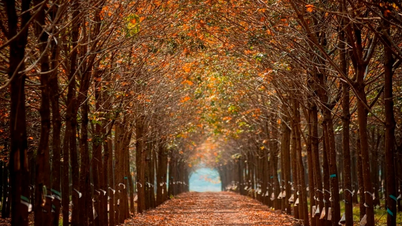

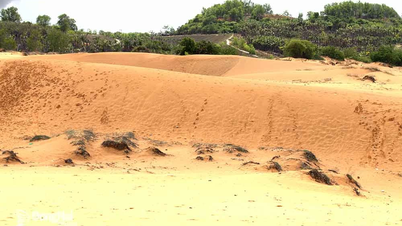



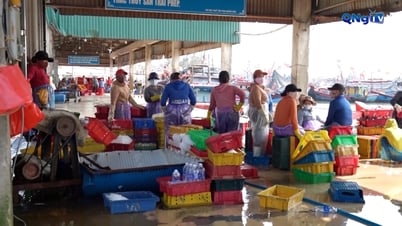




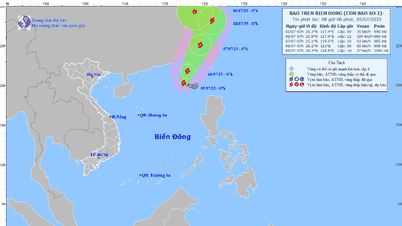














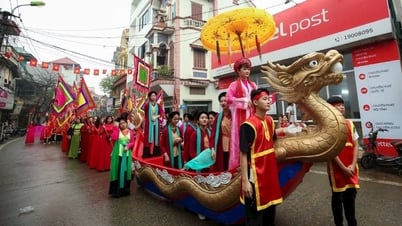

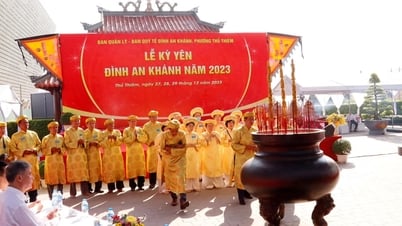

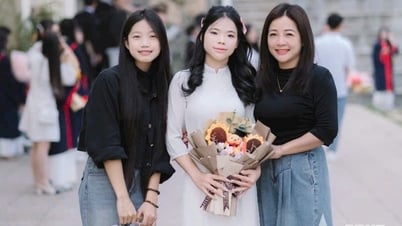





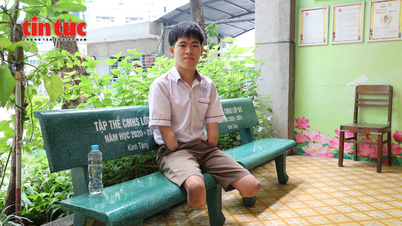

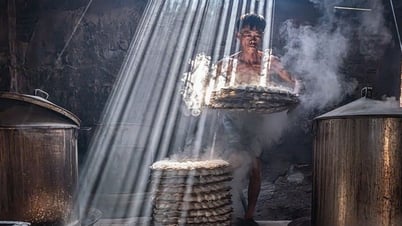



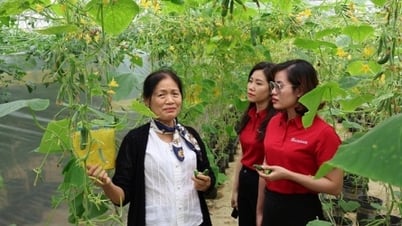


















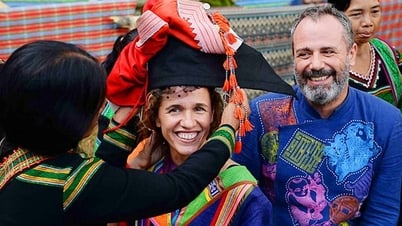
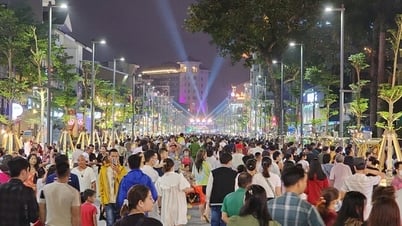











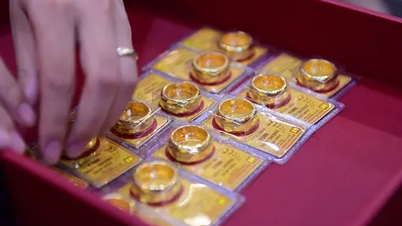
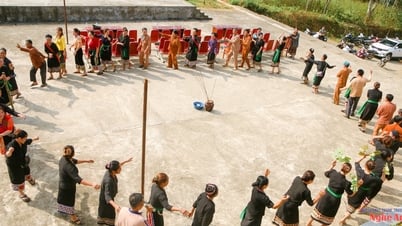

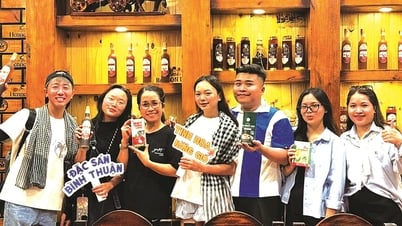

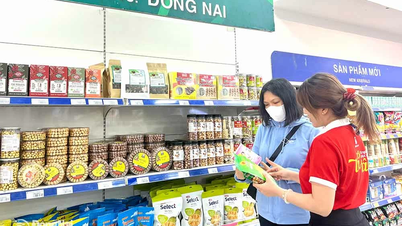


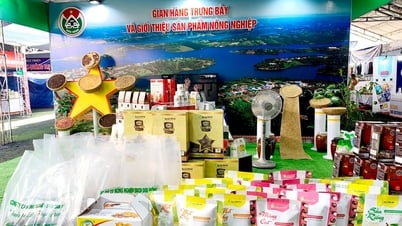




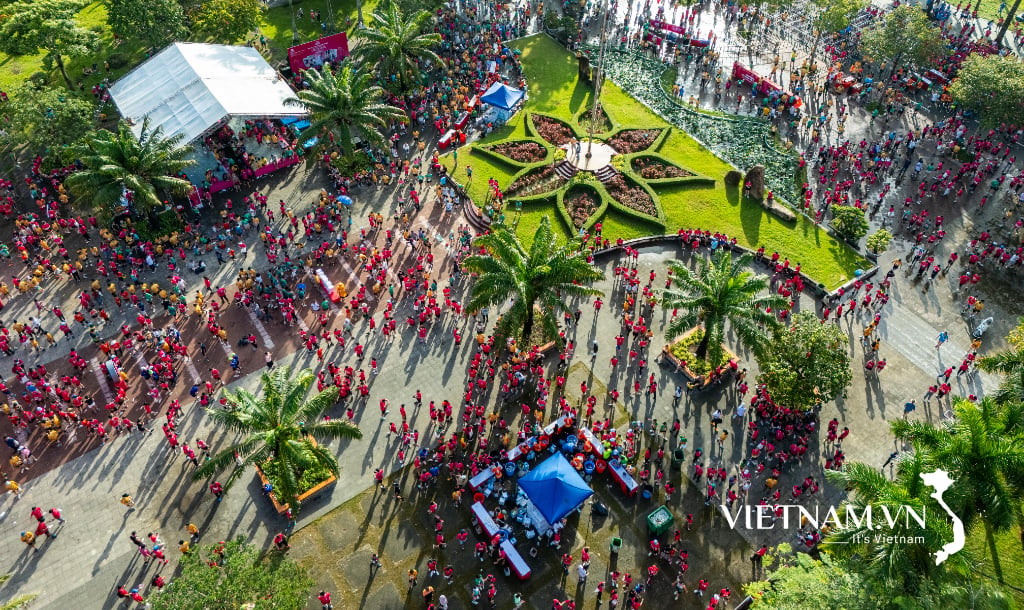

Comment (0)